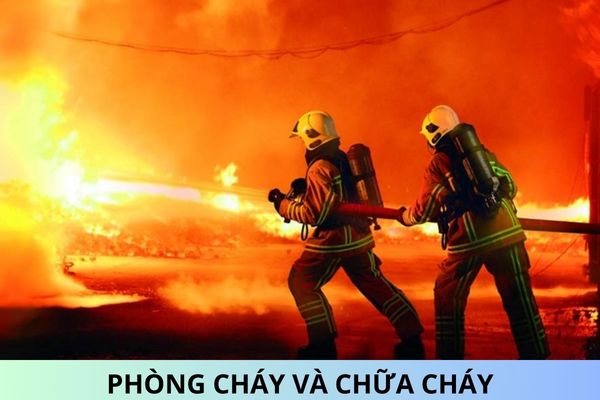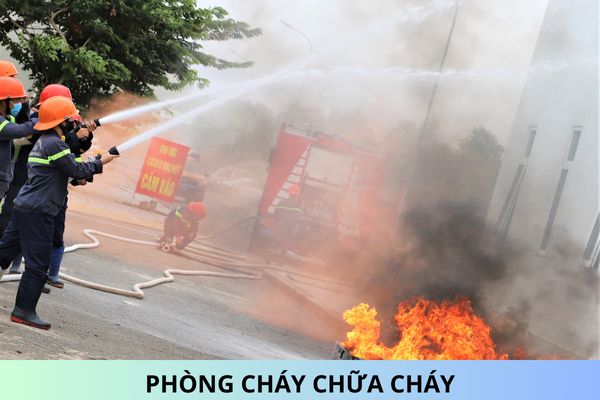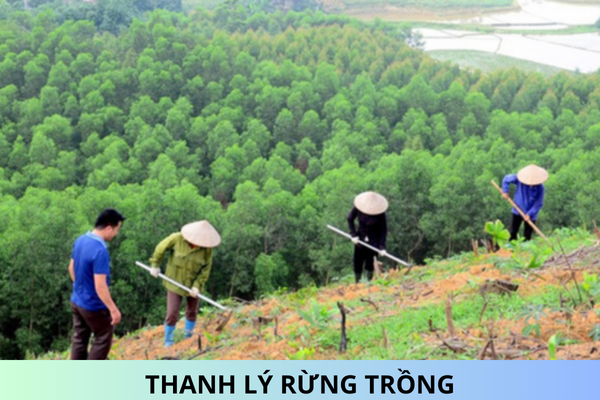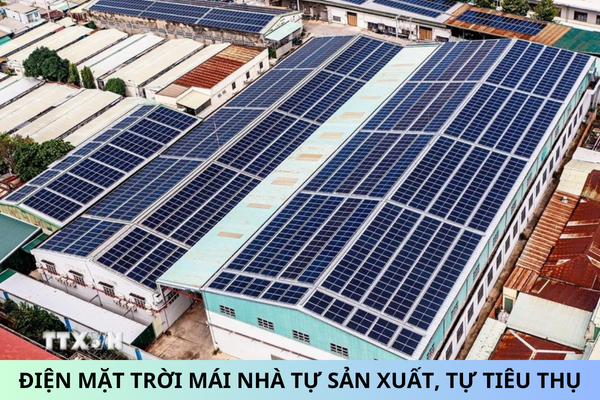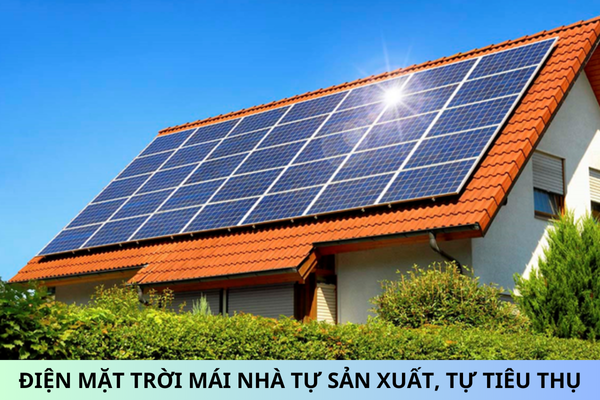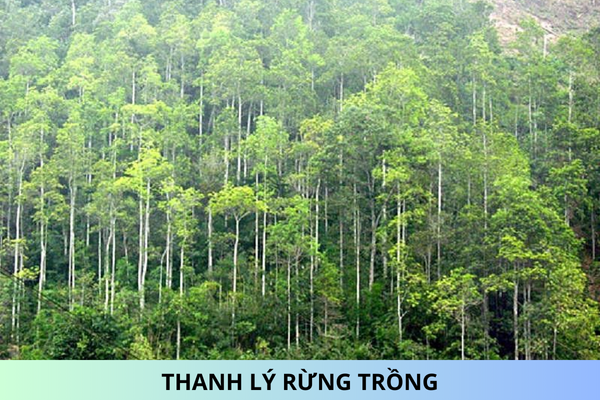What are rules in managing and constructing wastewater collection, drainage structures in Vietnam?
What are rules in managing and constructing wastewater collection, drainage structures in Vietnam? What are wastewater collection and drainage structures in Vietnam? What are regulations on connection of water drainage system in urban areas and residential areas in Vietnam?
Thank you!
What are rules in managing and constructing wastewater collection, drainage structures in Vietnam?
Pursuant to Article 4 of the Circular 15/2021/TT-BXD stipulating rules in managing and constructing wastewater collection, drainage structures in Vietnam as follows:
1. Investment in constructing structures for collecting and draining wastewater in urban areas and residential areas must comply with urban planning, construction planning, urban wastewater drainage planning (if any) depending on drainage basin.
2. New construction, repair, and renovation of wastewater collection and drainage must be consistent and connected to other structures in wastewater drainage and treatment network; ensure capacity for transporting, treating wastewater of the area, taking into account additional amount of wastewater treated in accordance with national technical regulations on environment prior to discharging into receiving waters. Encourage the use of construction solutions that do not expose drainage sewers, especially the primary sewers in urban areas with high traffic density.
3. For existing urban areas and residential areas that already have common water drainage network, People’s Committees of all levels are responsible for preparing, approving plans and roadmap for investing in construction, upgrade, renovation, and expansion of separate or semi-separate water drainage system (construct combined sewer overflows, collection sewers to collect and transport wastewater to concentrated wastewater treatment plants).
4. New urban areas and residential areas must have wastewater collection and treatment systems separate from rainwater drainage systems to collect and transport wastewater in a manner satisfactory to water drainage demands in the area, except for specific cases regulated by the Government.
What are wastewater collection and drainage structures in Vietnam?
Pursuant to Article 5 of the Circular 15/2021/TT-BXD stipulating wastewater collection and drainage structures in Vietnam as follows:
1. Combined sewer overflows on common water drainage system:
a) Rely on water drainage situations, geology, terrain, and hydrography characteristics to determine construction location of combined sewer overflows. Construction location of combined sewer overflows must ensure accessibility during management, operation, and supervision of the structures and convenience in discharging rainwater into receiving waters and not affect other technical infrastructures;
b) Management and operation of combined sewer overflows must comply with designed management and operational procedures approved by competent authority;
c) Combined sewer overflows must be dredged, preserved, and maintained regularly in order to guarantee normal operation.
2. Collection sewers for transporting wastewater to treatment plants:
a) Location and depth of installation of collection sewers must guarantee convenience in managing operation and compliance with national technical regulations on technical infrastructures serving water drainage;
b) Diameter, velocity, and slopes of wastewater collection sewers must be calculated and examined in order to guarantee rate of wastewater collection and transport to concentrated treatment plants and prevent from leaking;
c) Collection sewers must be durable, sealed, and stable under weight, natural conditions, and corrosive effects of the environment during use period.
3. Post-treatment wastewater discharge gates leading to receiving waters must be installed in appropriate areas so that wastewater can mix with receiving waters and not cause bank erosion or affect surrounding scenery, other structures and traffic activities.
4. Manholes of wastewater discharge gates must be installed in appropriate locations to allow access, inspection, control of discharge sources, and water sampling when discharging into receiving waters.
5. For common water drainage systems that are regulated by detention basins, rainwater must first pass combined sewer overflows prior to entering detention basins. Water storage and regulation performed by detention basins must guarantee regulation of rainwater.
What are regulations on connection of water drainage system in urban areas and residential areas in Vietnam?
Pursuant to Article 6 of the Circular 15/2021/TT-BXD stipulating connection of water drainage system in urban areas and residential areas in Vietnam as follows:
1. Connection of water drainage system:
a) Prior to implementing connection agreement, a drainage entity is responsible for examining drainage capacity of existing water drainage system; the construction of wastewater collection and drainage structures must not affect drainage capacity of existing areas;
b) For a discharging household located within the vicinity of common drainage system, the drainage entity must provide at least one connection point for both rainwater and wastewater. For a discharging household located within the vicinity of a separate water drainage system, the discharging entity must provide at least one connection point leading to wastewater discharge gate and at least one connection point leading to rainwater discharge gate;
c) Elevation of connection points at connectors must be lower than that of structures where discharging households are located. If connection points were already installed at the time of construction, project developers must respect the floor elevation of the existing connectors, guarantee slopes, and prevent wastewater from flowing back into structures where discharging households are located;
d) If, either by structural conditions or geography, elevation of wastewater discharge location in a structure where the discharging household is located is lower than that of the connector, the drainage entity shall instruct the household to adopt rectifying measures so that wastewater produced by the household is connected to the wastewater drainage system in a manner satisfying technical requirements;
e) Connectors must be fixed at the connection point, stable, safe, and convenient in order to allow inspection, supervision, maintenance, and leaking of wastewater.
2. Requirements for connection of water drainage system:
a) In urban areas and residential areas that have separate water drainage systems and concentrated urban wastewater treatment plants, domestic wastewater of discharging households shall be directly connected to connectors. When upgrading or renovating common water drainage systems into separate water drainage systems, owners of water drainage structures must rely on current conditions and water drainage requirements of the areas where the upgrade and renovation take place to decide on retention of septic tanks;
b) Wastewater drainage gates of discharging households must be connected with connectors or other wastewater drainage structures if connectors are absent. Combined sewer overflows of discharging households must be connected to connectors for rainwater, canals, channels, or local combined sewer overflows;
c) Untreated wastewater must be connected to collection sewers of water drainage system and prevented from permeating the ground or seeping into other water sources;
d) Wastewater of manufacturing, business, service facilities in urban areas and residential areas must be preliminarily collected and treated in a manner satisfactory to regulations of urban areas or local governments prior to being connected to wastewater collection and drainage structure;
c) Treated wastewater of manufacturing, business, service facilities in urban areas and residential areas must meet environmental technical regulations or environmental protection requirements depending on types of wastewater prior to being connected to wastewater connection and drainage structure.
Best regards!

